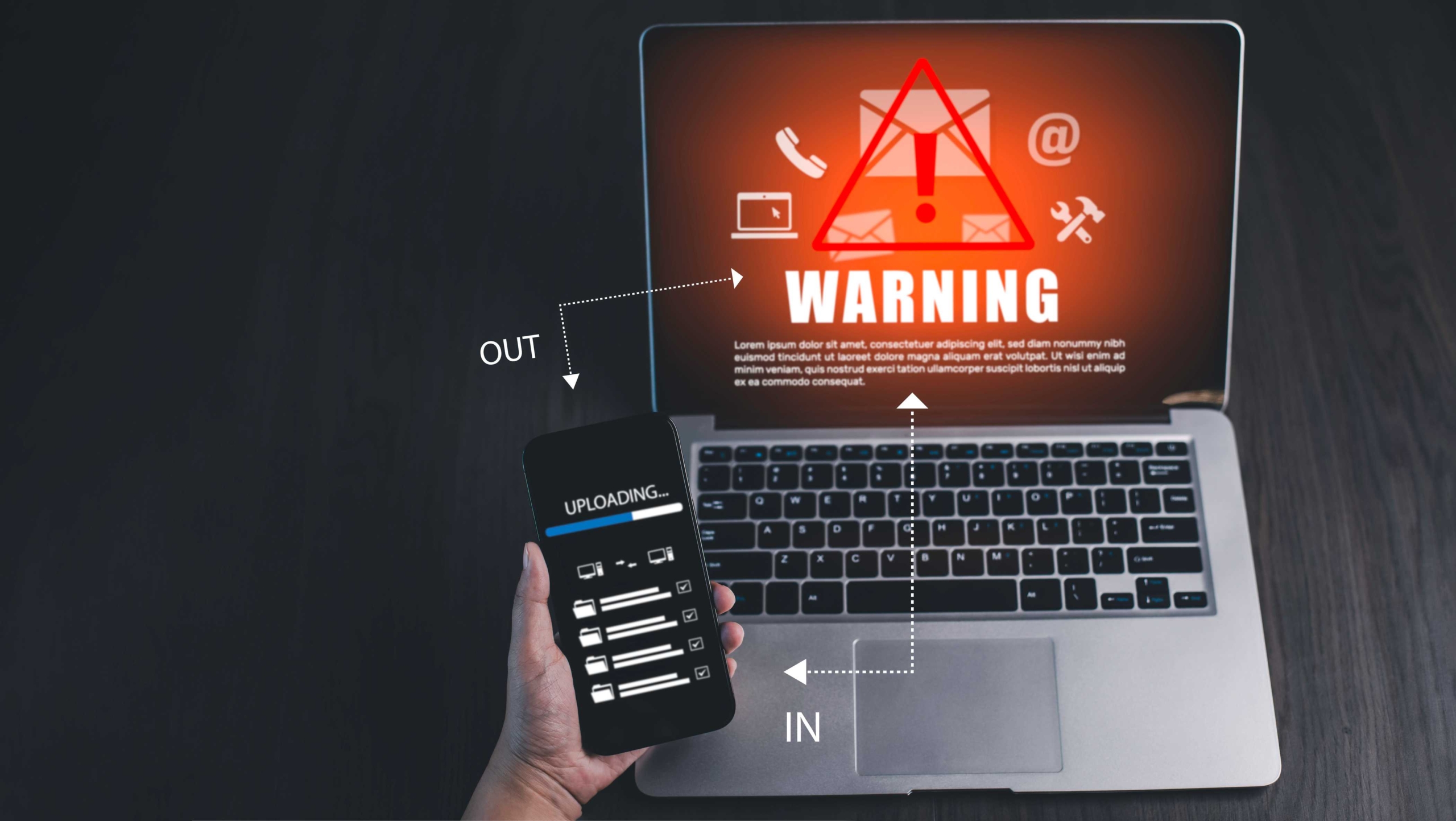Assessing Ransomware Vulnerabilities in Cloud Environments
The Rising Menace of Ransomware in the Cloud
As the digital age advances, ransomware has emerged as one of the most pervasive and destructive cyber threats — and it is increasingly targeting cloud environments. Once largely confined to on-premises networks, ransomware has evolved to exploit the convenience and scalability of cloud infrastructure, which often harbors misconfigurations and overlooked vulnerabilities. Cloud storage and services, while transformative for businesses, also present a vast attack surface that malicious actors are eager to exploit. Recent surges in cloud-based ransomware attacks underscore the urgency for organizations to reassess and strengthen their defenses.
Why Ransomware Threats are Growing in the Cloud
The rise of ransomware in cloud environments is fueled by several factors. First, the inherent complexity of cloud configurations — spanning multiple services, providers, and user roles — increases the chance of security gaps. Additionally, the widespread adoption of cloud platforms has made them an attractive and lucrative target for cybercriminals. Compounding the issue, many organizations assume their cloud provider fully secures their data, neglecting their own shared responsibility to protect access, configurations, and sensitive information.
As more businesses migrate critical workloads to the cloud, attackers are innovating to match, developing techniques specifically designed to compromise cloud-based applications, databases, and backups. This evolving threat landscape demands heightened vigilance.
Key Vulnerabilities That Ransomware Exploits in the Cloud
Several weak points commonly exploited by ransomware actors in cloud environments include:
-
Misconfigured Security Settings: Inadequate or incorrectly applied permissions, overly broad access, and unprotected storage buckets leave data exposed.
-
Insufficient Access Controls: Weak password policies, lack of multi-factor authentication (MFA), and poor identity management make it easier for attackers to gain unauthorized entry.
-
Unencrypted Data: Data not encrypted in transit or at rest is more vulnerable to interception and tampering.
-
Outdated Backups: Without regularly tested, isolated, and current backups, recovery becomes slow, costly, or impossible — potentially forcing victims to pay the ransom.
-
Weak Incident Response Plans: Many organizations lack well-defined plans for responding to cloud-based incidents, increasing downtime and damage.
Best Practices for Defending Against Cloud Ransomware
While the threat of ransomware in cloud environments is growing, it is far from insurmountable. Here are some best practices to mitigate risks and bolster resilience:
-
Harden Security Configurations: Regularly review and tighten security settings, ensuring only necessary permissions are granted and sensitive resources are properly restricted.
-
Strengthen Access Controls: Enforce MFA, strong password policies, and robust identity and access management to limit unauthorized access.
-
Encrypt Everything: Ensure that data is encrypted both in transit and at rest to protect its integrity and confidentiality, even if breached.
-
Implement Reliable Backups: Maintain frequent, tested backups that are stored securely and preferably air-gapped to prevent compromise.
-
Develop and Test Incident Response Plans: Prepare clear, actionable plans for responding to a ransomware attack, and regularly test them to improve readiness.
-
Stay Informed: Monitor emerging threats and trends in ransomware tactics, and keep security teams and policies up to date.
Looking Ahead: Building Resilience Against Ransomware
The threat of ransomware in the cloud reflects the broader reality of an evolving and persistent cyber threat landscape. As attackers become more sophisticated and cloud environments grow more complex, businesses must embrace a proactive, layered approach to security. This includes ongoing vigilance, regular assessments of their security posture, and an organizational culture that prioritizes resilience over convenience.
Ultimately, combating ransomware in the cloud is not about a single tool or solution but about adopting a comprehensive strategy that combines robust technology, clear processes, and informed people.
Did you know? Many ransomware attacks target cloud backups directly, attempting to delete or encrypt them to eliminate recovery options. Ensuring backups are secure, isolated, and regularly tested can drastically reduce the risk of succumbing to extortion.
Ransomware is a rising menace, but with preparation and diligence, organizations can safeguard their critical cloud assets and maintain trust in their operations. In the ever-changing digital landscape, resilience is not just desirable — it’s essential.
A Strong Defense Against Ransomware
Our journey through the complexities of the digital landscape underscores the indispensable nature of regular cloud ransomware vulnerability assessments in preserving business continuity. The sobering reality of heightened cyber risks demands more than a one-time fix; it requires a concerted, ongoing effort to stay ahead of malicious actors. We must adapt to this new normal, where vigilance and proactive risk assessment form the cornerstone of any successful cloud security paradigm.
An ounce of prevention equals a pound of cure, and nowhere does this proverb resonate more truthfully than in the realm of digital security. As we look to safeguard our data and assets, our commitment to comprehensive vulnerability management remains steadfast. Working with seasoned experts capable of navigating the intricate maze of cloud vulnerabilities, businesses stand a much better chance of thwarting the nefarious schemes of cybercriminals.
Enlisting the aid of advanced network services and employing a relentless vulnerability management strategy aligns not just with best practices but also with a forward-thinking vision that prioritizes resilience and trust in our technological engagements. We invite you to explore how our expertise in vulnerability management becomes your strategic advantage against ransomware—a threat that spares no one in its quest for destruction.
We understand the importance of trust in our relationships with clients. Trust that stems from transparency, expertise, and consistent performance when securing their most valuable digital resources. Our philosophy embraces a culture of security that permeates every aspect of our operations, ensuring that the cloud ransomware vulnerability assessment you receive is not just a service, but a promise—a promise of unwavering defense in a world brimming with uncertainty.
At Alvaka, we acknowledge that ransomware is not an endpoint but a relentless force that evolves with each technological advancement. Hence, we assure you that partnering with us means choosing a path of resilience and proactive defense—a true alliance in safeguarding the future of your organizational assets. We welcome you to join us in this fight against cyber threats and to empower your enterprise with the armor it needs to withstand the unpredictability of the digital age.
FAQ
How does ransomware typically infiltrate cloud environments? ▼
Ransomware can infiltrate cloud environments through various methods such as compromised credentials, unpatched systems, misconfigured cloud services, or phishing scams targeting employees. Regular assessments help detect potential infiltration points.
Can we train our employees to help prevent ransomware attacks? ▼
Absolutely. Employee education is a critical component in defending against ransomware attacks. We offer training sessions focused on recognizing phishing attempts, secure password practices, and other cybersecurity best practices to empower your team in preventing ransomware incidents.







